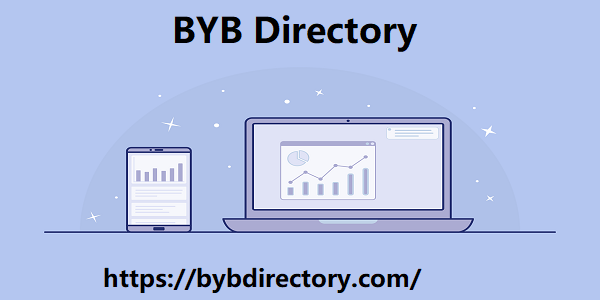Post by account_disabled on Mar 13, 2024 5:48:34 GMT
This time of year, you see a flurry of news stories about the COP—the annual climate change conference hosted by the UNFCCC (or in plain English, the United Nations Framework Convention on Climate Change). But what is the COP? Who is going? And why does it matter? Here’s everything you need to know ahead of COP 28 in Dubai (November 30 – December 12). Sign up for useful tips to green your life and protect our planet. Email(Required) Email Address GDPR Consent Yes, I agree to receive occasional emails from the Rainforest Alliance. If you’re not familiar with the COP’s history, it can be tricky to follow the coverage of the climate change negotiations, so we turned to our own Leila Yassine to demystify it. Yassine began working on climate issues in the late 1990s with Greenpeace Lebanon, and she is currently the Rainforest Alliance’s global advocacy manager for nature. Q: Let’s start at the beginning.
What is the COP? Yassine: Ok, so COP stands for “Conference of the Parties”—and by “parties,” we mean international governments. These governments signed a hugely important climate change treaty in December 2015, at COP 21, which was held in Paris. The so-called Paris Agreement was a historic moment, being the first international climate agreement committing governments to take action to limit global temperature increases and address those climate impacts that are already happening. Since then, the idea behind these annual climate change BYB Directory negotiations is to promote implementation of the Paris Agreement by building a legally binding obligation for wealthy countries to reduce greenhouse gas emissions, implement long-term strategies for both climate mitigation and adaptation, and provide economic support to countries that lack the financial resources to deal with climate impacts. Q: Who attends the COP? Leila Yassine, the Rainforest Alliance’s global advocacy manager for nature Yassine: The Paris Agreement was signed by 197 countries, each of which sends its own negotiating teams to the COP.

The UN also sends its climate experts, and there are lots of other organizations that are invited to join as observers; these include environmental and sustainability NGOs (like the Rainforest Alliance), youth organizations, women’s rights groups, Indigenous peoples, business groups, trade unions, farmers, and others. Are marginalized communities well represented? Yassine: If we look at who is marginalized, it’s always the same people—women, youth, local communities, and Indigenous peoples. Take gender, for example: At the last COP, only 34 percent of the committees and 39 percent of those leading the delegations were women. However, in the years that I’ve been attending and working with NGOs, I’ve seen these groups be very effective at advocating for their cause. They have successfully pushed for policies to be more inclusive, even at the highest levels of the UN, but there’s still much more to be done to ensure proper representation. For example, groups like She Changes Climate are fighting for the equal inclusion of women in all aspects of the climate change negotiations.
What is the COP? Yassine: Ok, so COP stands for “Conference of the Parties”—and by “parties,” we mean international governments. These governments signed a hugely important climate change treaty in December 2015, at COP 21, which was held in Paris. The so-called Paris Agreement was a historic moment, being the first international climate agreement committing governments to take action to limit global temperature increases and address those climate impacts that are already happening. Since then, the idea behind these annual climate change BYB Directory negotiations is to promote implementation of the Paris Agreement by building a legally binding obligation for wealthy countries to reduce greenhouse gas emissions, implement long-term strategies for both climate mitigation and adaptation, and provide economic support to countries that lack the financial resources to deal with climate impacts. Q: Who attends the COP? Leila Yassine, the Rainforest Alliance’s global advocacy manager for nature Yassine: The Paris Agreement was signed by 197 countries, each of which sends its own negotiating teams to the COP.

The UN also sends its climate experts, and there are lots of other organizations that are invited to join as observers; these include environmental and sustainability NGOs (like the Rainforest Alliance), youth organizations, women’s rights groups, Indigenous peoples, business groups, trade unions, farmers, and others. Are marginalized communities well represented? Yassine: If we look at who is marginalized, it’s always the same people—women, youth, local communities, and Indigenous peoples. Take gender, for example: At the last COP, only 34 percent of the committees and 39 percent of those leading the delegations were women. However, in the years that I’ve been attending and working with NGOs, I’ve seen these groups be very effective at advocating for their cause. They have successfully pushed for policies to be more inclusive, even at the highest levels of the UN, but there’s still much more to be done to ensure proper representation. For example, groups like She Changes Climate are fighting for the equal inclusion of women in all aspects of the climate change negotiations.



